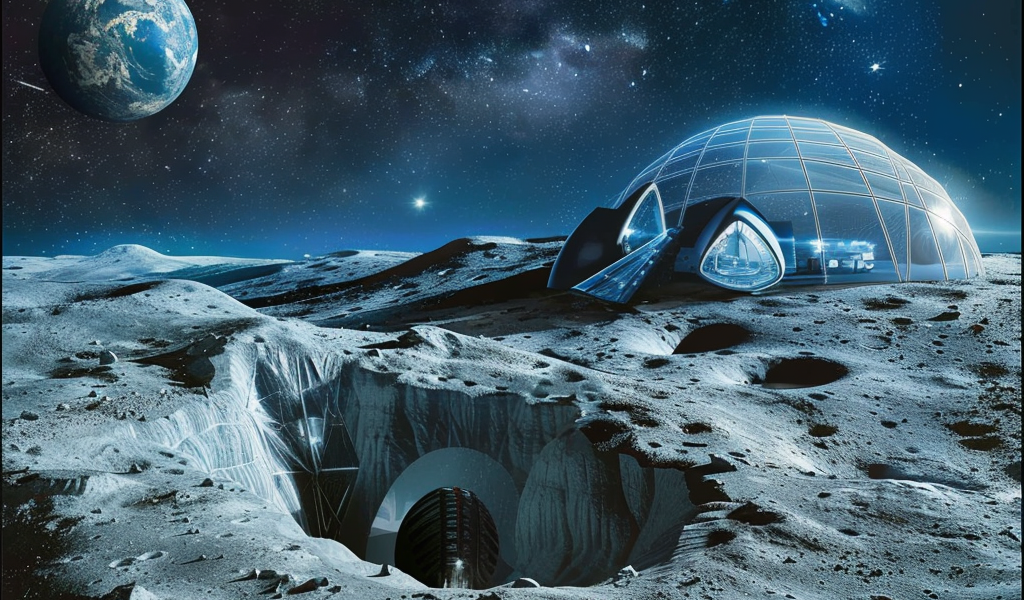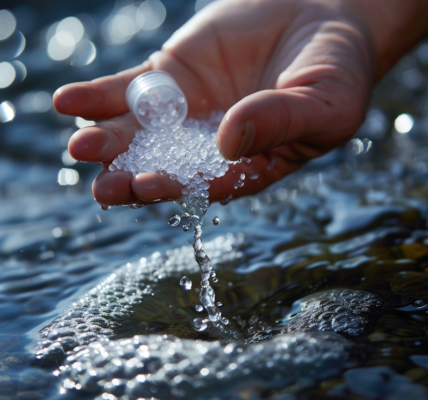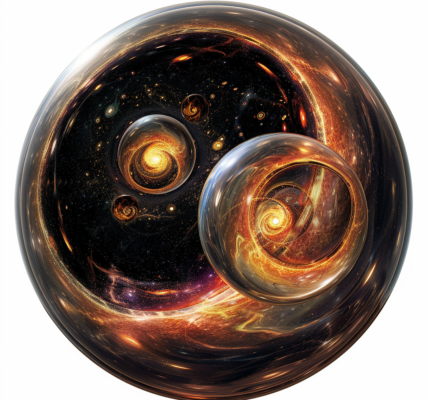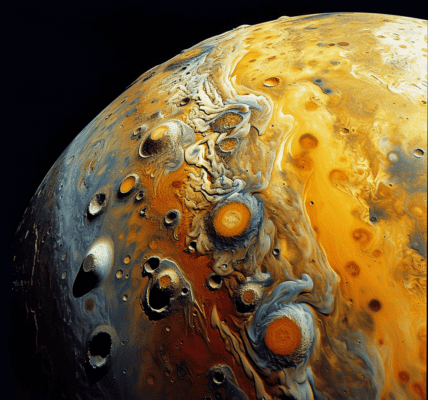In a groundbreaking proposal, scientists have put forth the idea of establishing a lunar biorepository aimed at preserving Earth’s biodiversity amid the escalating threats posed by climate change and habitat loss. With a staggering number of species facing extinction, experts argue that immediate action is necessary to safeguard the planet’s most vulnerable creatures.
The international team of researchers suggests that a facility on the moon could serve as a secure backup for critical biological samples, including preserved cells and DNA from endangered species. This biorepository could play a vital role in enhancing genetic diversity among small populations of critically endangered species or even facilitate cloning efforts in the unfortunate event of extinction.
The concept of a biorepository is not entirely new. The Svalbard Global Seed Vault, located on a remote island in the Arctic Circle, has been storing seeds to ensure that essential food crops can be re-established if they are decimated by disease or drought. However, recent climate-related flooding in Svalbard has highlighted vulnerabilities, demonstrating that even this seemingly secure facility is not immune to the impacts of climate change.
Dr. Mary Hagedorn, the lead author of the proposal and a researcher at the Smithsonian’s National Zoo and Conservation Biology Institute, emphasized the risks associated with terrestrial biorepositories. She pointed out that the flooding in Svalbard could have caused significant damage had there not been personnel present to mitigate the situation. Furthermore, geopolitical conflicts, such as the destruction of Ukraine’s seed bank in 2022, pose additional threats to the preservation of biodiversity on Earth.
Given these challenges, the idea of a passive, secure biorepository on the moon emerges as an innovative solution. The lunar environment, characterized by its frigid temperatures, would allow biological samples to remain frozen year-round without the need for human intervention or external energy sources. This natural preservation method takes advantage of the moon’s deep craters, which could serve as optimal storage sites for these vital samples.
The proposal, detailed in the journal BioScience, underscores the urgent need to rethink our strategies for conserving biodiversity. As climate change accelerates and human activities continue to encroach on natural habitats, the establishment of a lunar biorepository could represent a pivotal shift in conservation efforts.
By relocating critical biological samples to the moon, scientists aim to create a safeguard against potential global catastrophes, ensuring that the genetic material of endangered species is preserved for future generations. This forward-thinking approach could provide a lifeline for species on the brink of extinction, allowing for the possibility of revival through genetic diversity enhancement or cloning.
The implications of such a biorepository extend beyond just the preservation of species; they also raise important questions about the future of conservation in a rapidly changing world. As researchers continue to explore innovative solutions to combat biodiversity loss, the concept of utilizing extraterrestrial environments for the protection of life on Earth could pave the way for a new era in conservation science.
As the conversation around climate change and biodiversity intensifies, the idea of a lunar biorepository serves as a reminder of the lengths to which scientists are willing to go to protect the planet’s most vulnerable species. It highlights the necessity for collaborative global efforts to address the ongoing biodiversity crisis while also considering unconventional solutions that could secure the future of life on Earth.





